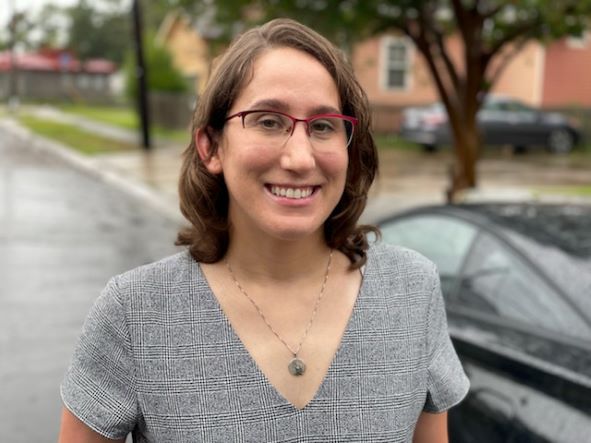
Name: Dianne Wellems
Year in Program: 6th Year
Department: MIP
Mentor: Dr. Guoshun Wang
Hometown: Rockville, Maryland
Education: ’09 BS University of Georgia at Athens
’17 MS University of Nebraska Medical Center under Dr. Paul D. Fey
Past Research Experience: I’ve worked with a wide variety of pathogens. During my undergraduate I worked with T. cruzi. In Shanghai, China I worked with P. berghei and S. japonicum. Switched gears from parasites to bacterium, I studied proline transport in S. aureus for my MS degree under Dr. Paul D. Fey at UNMC. Before entering this program, I was working with the Chikungunya virus under Dr. St. Patrick Reid at UNMC.
Current Research Interest: Currently studying the role of macrophages in the progression of Cystic Fibrosis lung disease. My driving question for my research is: How does the loss of CFTR in macrophages result in the pro-inflammatory state and inability to clear bacterial pathogens? My over-all interests focus on the relationship between the immune cells and the pathogens.
Publications:
- Ng HP, Jennings S, Wellems D, Sun F, Xu J, Nauseef WM, Wang G. Myeloid CFTR loss-of-function causes persistent
neutrophilic inflammation in cystic fibrosis. J Leukoc Biol. 2020 Dec;108(6):1777-1785.
- Cao Y, Rui B, Wellems D, Li M, Chen B, Pan W. “Identifying piggyBac insertion mutations in Plasmodium berghei
by whole-genome sequencing”. Malaria Journal. 2013. PMID: 23961915
- Xu X, Sun J, Zhang J, Wellems D, Qing X, McCutchan T, Pan W. "Having a pair: the key to immune evasion for the diploid
pathogen Schistosoma japonicum". Sci Rep. 2012; 2:346. Epub 2012 Mar 30.
- Huang G, Fang J, Sant'Anna C, Li ZH, Wellems DL, Rohloff P, Docampo R. “Adaptor Protein-3 (AP-3) Complex Mediates the Biogenesis of Acidocalcisomes and Is Essential for Growth and Virulence of Trypanosoma brucei”. Journal of Biological Chemistry 2011 Oct 21; 286(42):36619-30.
Career Goal: I see multiple directions that I’d love to be a part of- either resuming work in industry or return to teaching.
Best Thing about the Program: This program has offered the ability to learn a wide variety of techniques- you can move from gene to protein and application in a wide variety of models (cell to animal). I’ve found my skill set widening and sharpening here at LSUHSC.
What makes you unique? I’ve moved abroad twice (Shanghai and Beijing) and was humbled by the opportunity to learn Chinese and Chinese culture. Additionally, I enjoy the pursuit of language, music, and cooking. The applications of science to cooking (along with picking up different dishes from around the world), is the best form of edible science!
